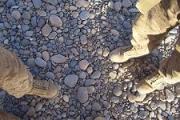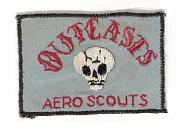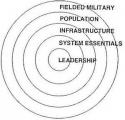I agree that we'll see some form of COIN in the future, probably sooner than we think. However, I do not see it in the form of large troop deployments. This is where I agree with Dunlap that the American public and politicians won't stand for it. In other words, I don't think the pols will do it even if they think it is necessary because they don;t have the backbone to go against public thinking. That being said, I do see smaller versions as becoming the norm (e.g. Philippines, HOA, etc.). Maybe I'm wrong, but we went through a similar thing after Vietnam and I don't think its a stretch to say we'll likely face the same thing again.
I do not see airpower as the solution to all. I happen to agree that when you're objective is to install a friendly government or instill democracy (or whatever we call it), it is manpower intensive. You have to deal with people face-to-face to win friends and a fly-by doesn't do that.
One questions comes to mind that relates to whether Dunlap is correct in his argument that COIN won't work in Iraq. From some of my reading, I've seen that the COIN force typically chooses a side. Have we made a mistake by not doing this? It seems as if we're trying to do peacekeeping between the Sunnis and Shiites. WOuld we be better off just picking a side and getting to stability? Maybe I'm off base here, but just trying to thinking broadly.
S.E.: I'm not so sure we always have to enage in COIN. You are correct that lobbing missles isn't COIN. COIN happens after we enter a country. My questions involves whether we actually need to enter the country. Perhaps another method of dealing with a problem will enable us to avoid COIN by not going in somewhere. For example, there as several books out that indicate that our policy of containment was working against Iraq. Assuming in a future and similiar situation that faulty intel wouldn't lead us astray, why not continue to pursue that option rather than enagge in COIN. I don;t necessarily subscribe to the school of thought that says the US has to spread it brand of democracy (and I'm not saying you are either), so I look at things from a more realist perspective.















Bookmarks